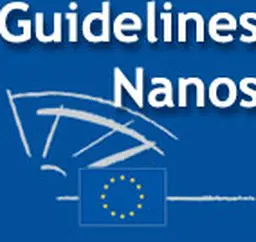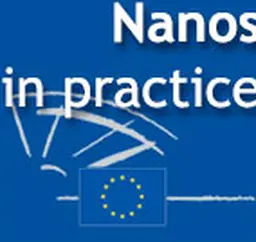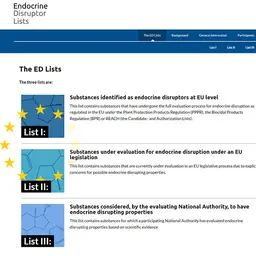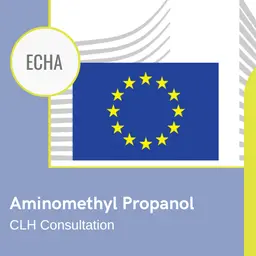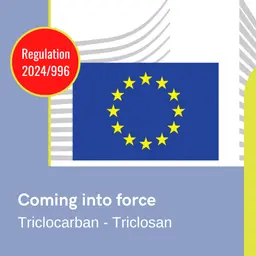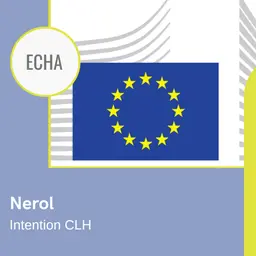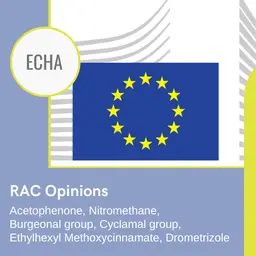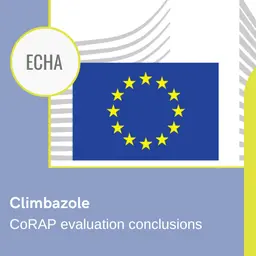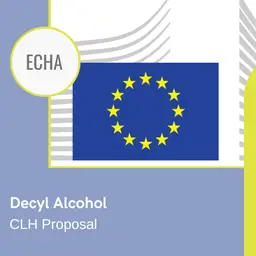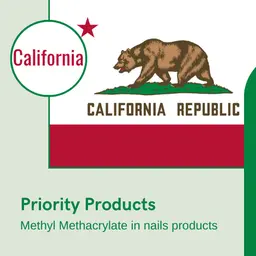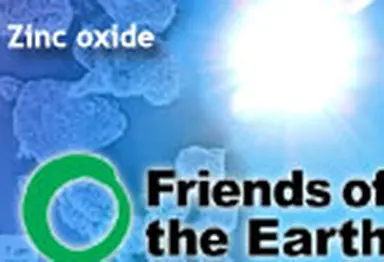
As often for sunscreens, the warning has been issued in Australia, a country in which anti-UV protection is no joking matter. Indeed, the Friends of the Earth association is at the origin of the warning: the “without nanoparticles” claim on some sunscreens is deceitful, when they contain zinc oxide available under the ZinClear IM 50CCT trademark. This raw material is also frequently used in French cosmetic products.
When designing a sunscreen, which provides the user with a balanced protection against UVA and UVB radiation that complies with the regulation’s requirements, the cosmetic industry has nowadays two main alternatives:
• To combine several synthetic filters
• Using titanium dioxide (a mineral screen) boosted with zinc oxide, which, even if not officially listed as a sun-protection agent, is almost always used as such
The nano-free mineral option
The 100% mineral option, developed as an alternative to synthetic filters, which are suspected, at least some of them, to be endocrine disruptors, or to be highly allergenic, for others, had, for a long time, faced a major commercial drawback: a thick galenic, a persistent white film after application, somewhat unsightly, not that liked by consumers.
The solution to counterbalance this effect came first from nanoparticles: when diminishing the size of the mineral particles of the screen down to circa a nanometer, the textures were fluid and invisible, and may compete with synthetic filters.
The questions on the potential toxicity of nanomaterials, followed by their banning by reference frames of organic cosmetics, led the organic brands to a second step, in which they modified their formulations: still 100% mineral, but without nanoparticles …

